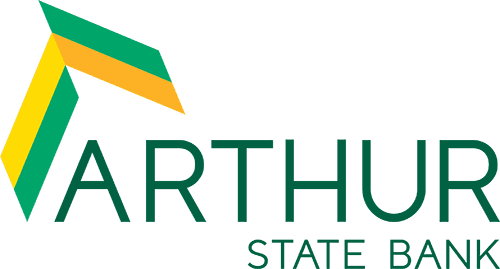For any small business — and especially upstarts and/or SMBs trying to reach profitability during tough economic times — stretching every dollar can be critical to achieving long-term sustainability and success. And of course, anytime a business of any size can cut down on expenses, it can help boost the bottom line.
To help your small business cut its costs and ultimately elevate its profitability, consider these seven tactics that can be effective at eliminating or reducing a range of business expenses:
- When possible, dive into DIY — If a company’s owners and/or employees have the time and skills to tackle them, a variety of tasks businesses often pay for can instead be performed in-house — especially with a bit of expert guidance. Further, in today’s digitally driven world, such guidance can often be easily leveraged at any time online.
For example, the U.S. Small Business Administration’s website, gov, is home to a wealth of free resources related to starting a business, business planning, business management and business growth. Many of these resources can help small businesses tackle an array of otherwise-expensive undertakings themselves. Another great website, coursera.org, provides thousands of free-of-charge courses led by professional educators (including college professors) and corporate-world veterans, enabling business owners to learn vital skills that they might otherwise have to pay someone else to deliver. And docracy.com is a great source for a range of run-of-the-mill legal documents regularly needed by small businesses, such as those often needed when hiring new staff members, working with independent contractors, or renting/leasing office or retail space.
- Outsource … when it makes sense — For many small businesses, employees — and the salaries, office-space costs, insurance premiums, etc. that come with them — account for the biggest expenses the companies face. Of course, workers are often the lifeblood of a business, and having the right employees on hand is essential to getting the job done well and in a timely manner. But by carefully and strategically keeping full-time staff to a minimum and outsourcing the appropriate tasks to independent contractors, big savings can be realized.
- Negotiate better vendor prices — Often, the price a business has been paying for a product or service isn’t necessarily set in stone. Especially if there’s healthy competition out there and a vendor stands to forfeit a lot of income by losing an account, prices can be up for negotiation. And by getting even slight cost cuts on expenses ranging from internet and phone service to office supplies and equipment rentals, a business can lower its operating costs by hundreds of dollars a month … or more. Further, it costs nothing to try to negotiate a lower price, and the worst a vendor can say is no.
- Refinance and/or consolidate any high-interest loans — It’s commonplace for owners of new businesses to have to take out loans to get their operations up and running. And even with interest rates on the rise, it can be well worth the effort needed to examine the current rates available for refinancing, as even slight rate reductions can deliver serious savings over time. In addition, when borrowed money is accruing high amounts of interest via numerous loans, consolidating these loans can reduce interest fees and simplify monthly payments.
- Embrace hybrid work styles — Especially for office workers and other desk workers, most day-to-day tasks on the job can be completed from just about anywhere with a computer, a phone and an internet connection. And when meetings and discussions among staff members are needed, modern videoconferencing and instant messaging software such as Zoom and Skype can go a long way toward bridging long distances and closing communications gaps. As a result, moving toward hybrid work and work-from-home scenarios can greatly reduce the need for office space — and the high costs it can carry — without resulting in any substantial (or even noticeable) performance drop-offs.
- Eliminate unnecessary meetings — Speaking of meetings, many businesses are guilty of simply having too many of them. And forcing workers to attend regular unneeded meetings is a waste of time and money (not to mention a potential drag on employee morale). Especially when standing meetings are a common practice, revisiting the need for and/or frequency of them and eliminating unnecessary ones can bring big savings in wages. It can also boost productivity by allowing everyone who would have been involved in a canceled meeting to instead stay on task. If the driving purpose of a meeting can be just as easily addressed via an email, it’s likely best for all involved just to skip the meeting. Otherwise, when a meeting is needed, keeping the required attendance to just the vital players (rather than also including those who might be only marginally involved in the discussion at hand) can help keep costs down and productivity high.
- Look for bartering opportunities — Especially for businesses that provide products and/or services that can be of considerable value to other businesses, engaging in bartering arrangements can be a win-win scenario for all involved. It can also be particularly beneficial for smaller and/or newer businesses facing cash-flow challenges. Such ours-for-yours arrangements can result in both businesses gaining the critical assets they need to survive and grow, all at near-wholesale rates, with each business delivering payment via something they typically have in abundant supply.
Proudly serving South Carolina since 1933, Arthur State Bank offers accounts and services to meet a variety of financial needs for small businesses. To help you achieve all of your business’s financial goals, the bank offers in-person service as well as a range of convenient digital solutions. To learn how Arthur State Bank can help with small-business banking needs ranging from business checking and business lending to payment solutions, certificates of deposit, overdraft protection and more, visit arthurstatebank.com/business.






















